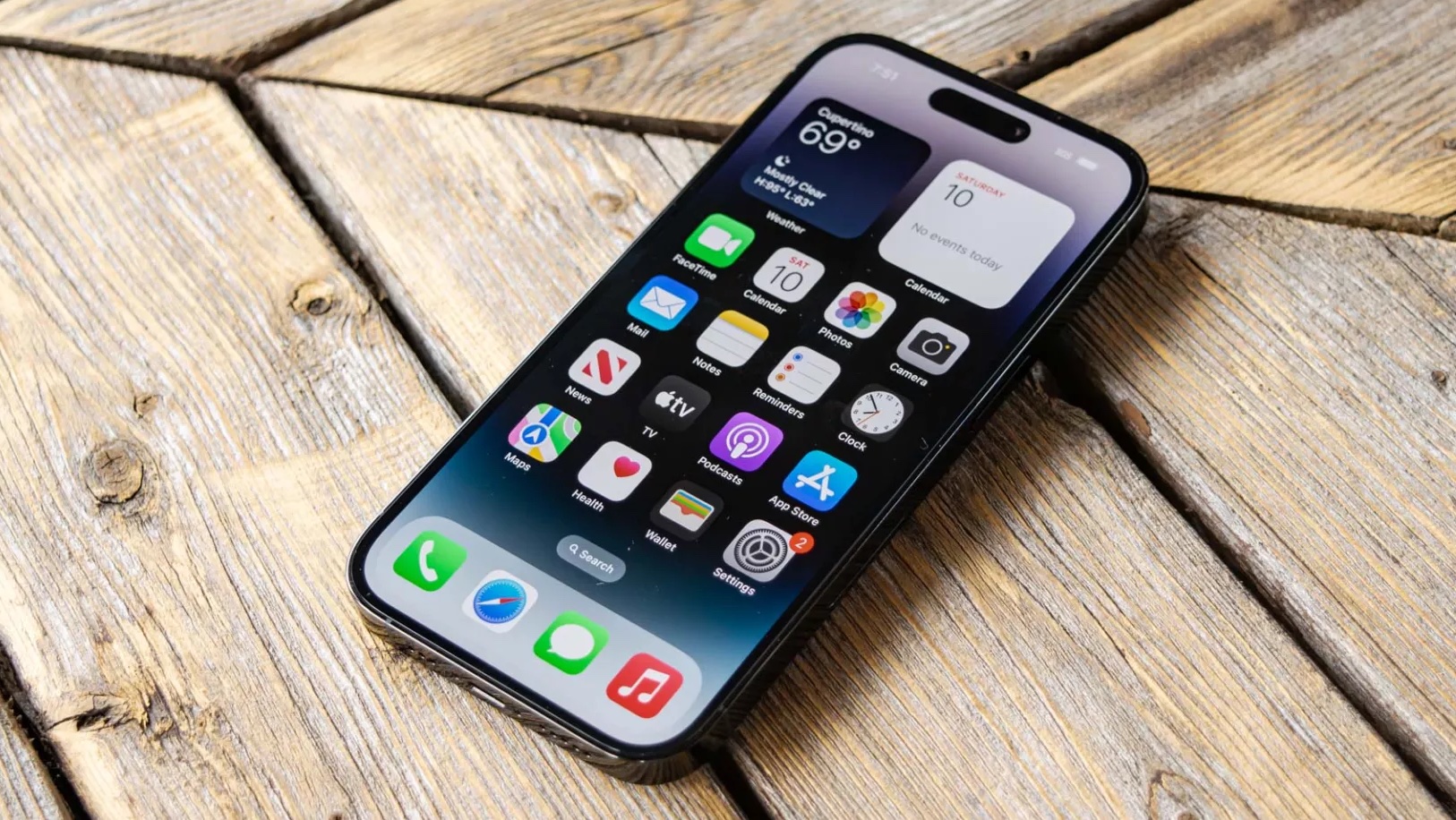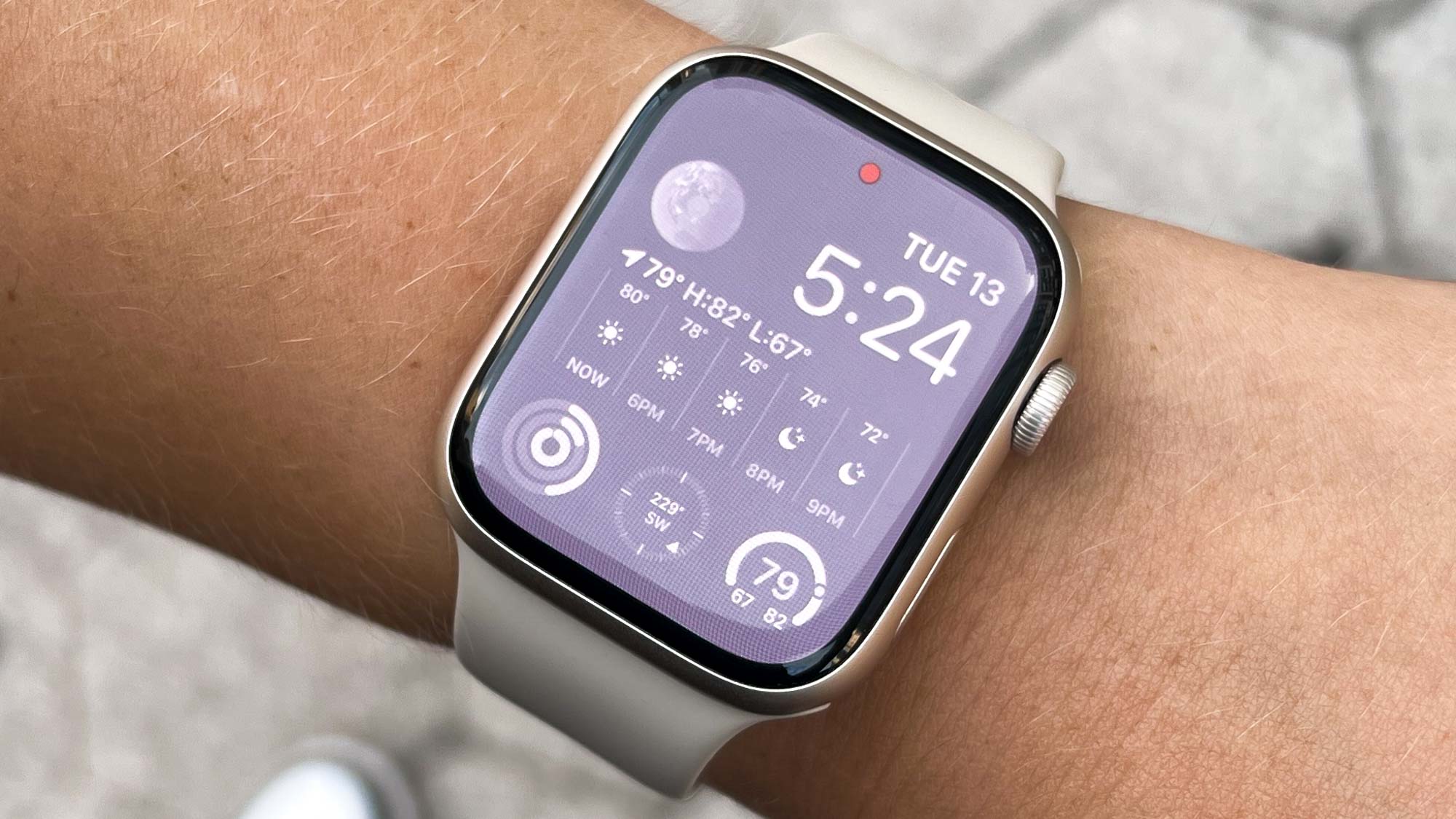Apple’s iPhone may not get a microLED display soon — here’s why
MicroLED could be expensive for manufacturers

The high-end Apple Watch Ultra debuted just last year but it could already be set to get a display makeover next year, according to Mark Gurman of Bloomberg. The next edition of the premium watch is tipped to go with a superior microLED display instead of OLED that it currently has.
Now one report is saying that the microLED display could cost twice as much as an OLED panel — and this could be a real obstacle for Apple to be able to get it on other devices like iPhones in the near future.
Bloomberg had recently reported that Apple could potentially move to a microLED display for its iPhones, without a clear potential timeline. It also said that later the company could also add microLED to iPads and Macs, and that the whole process could take about a decade.
Now, a report by The Elec mentions that Apple could introduce microLED in the next edition of the Apple Watch Ultra first before introducing it on the iPhone because of the high component cost.
This could potentially mean that the next-gen Apple Watch Ultra that is expected to launch in 2024 debuts the microLED display. We could possibly see the new display on an iPhone only after that — and it may not be as soon as what was previously thought.
The high cost of microLED displays
The Elec mentions a white paper document by the MicroLED Industry Association that details the feasibility of microLED displays on wearables. It is not clear if the document is accurate but it does say that the current cost of the OLED screen on the Apple Watch (it doesn’t specify the model) is $20 and the cost of a microLED display with the same resolution would exceed $40.
The report does not mention a potential price hike for the next gen Ultra model. But this is probably why Apple could introduce the new display on the watch before other devices. The company can afford to swallow the cost increase in its $799 Apple Watch Ultra that has higher profit margins.
Sign up to get the BEST of Tom's Guide direct to your inbox.
Get instant access to breaking news, the hottest reviews, great deals and helpful tips.
Going by this, the component cost would be much more for a larger display like that of an iPhone and Apple could wait for the technology to be mass produced so its cost could eventually drop, before bringing it on other devices.
MicroLED offers many advantages over OLED that is also listed by the MicroLED Industry Association. It is much brighter, offers good viewing angles even under direct sunlight and it is energy efficient and could even give the Apple Watch Ultra a jump in its battery life.
But the report by the Association adds one major caveat that says that it may not result in a noticeable boost for the end user. The PDF vaguely goes on to say that microLED “will not be able to provide a real revolution in display quality or efficiency — but it could be an excellent step forward.” It does not detail how it would be an “excellent step” if it doesn’t visibly improve on the existing OLED display. The comments on this report should be taken with a pinch of salt since they contradict each other and are slightly questionable.

There is no doubt that the current OLED display on the likes of the Apple Watch 8 are very good with a brightness of 1,000 nits and a high pixel density, but if microLED could offer wearables a longer battery life and higher resolution, that could be a huge advantage.
In fact, according to Gurman, people who have seen prototypes of the microLED smartwatch displays say that they “make content appear like it’s painted on top of the glass.”
Samsung is also reportedly considering going with a microLED display on its next Galaxy Watch. MicroLED TVs already exist even though they are too expensive for everyday consumers. Samsung unveiled microLED TVs as recently as CES 2023 earlier this month, which were jaw-dropping, but there's no word on pricing yet.
MicroLED could be the future of displays on devices and since Apple has already apparently invested in micro-LED technology, it could mean it’s only a matter of time before we see the panels appear on its other devices.

Sanjana loves all things tech. From the latest phones, to quirky gadgets and the best deals, she's in sync with it all. Based in Atlanta, she is the news editor at Tom's Guide. Previously, she produced India's top technology show for NDTV and has been a tech news reporter on TV. Outside work, you can find her on a tennis court or sipping her favorite latte in instagrammable coffee shops in the city. Her work has appeared on NDTV Gadgets 360 and CNBC.
